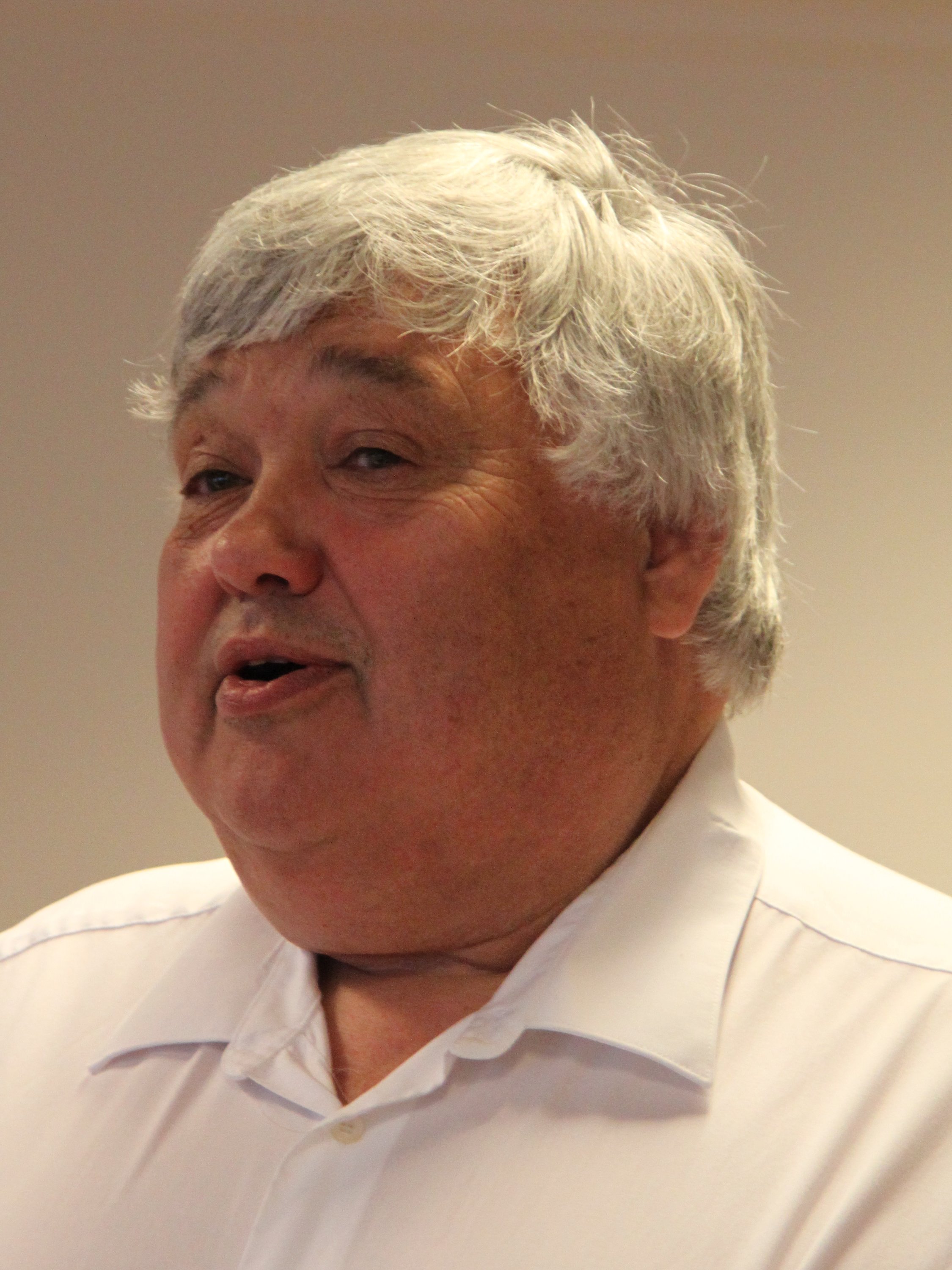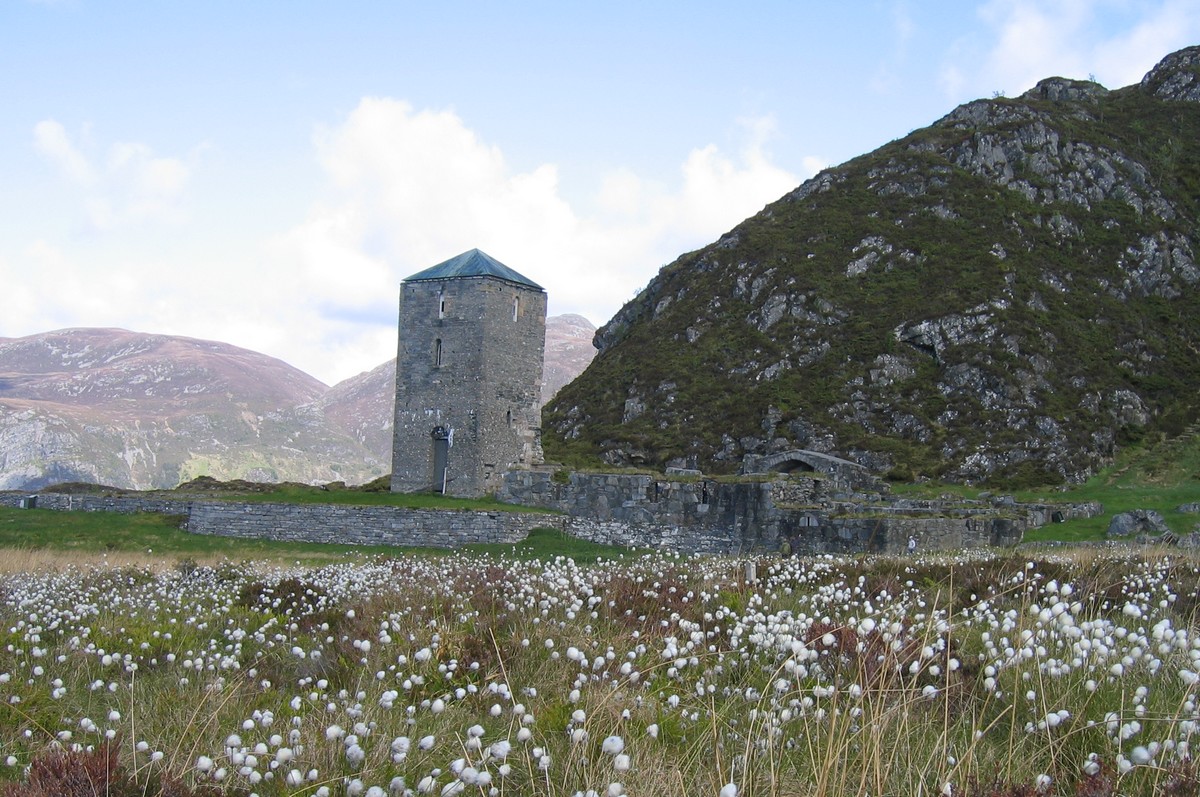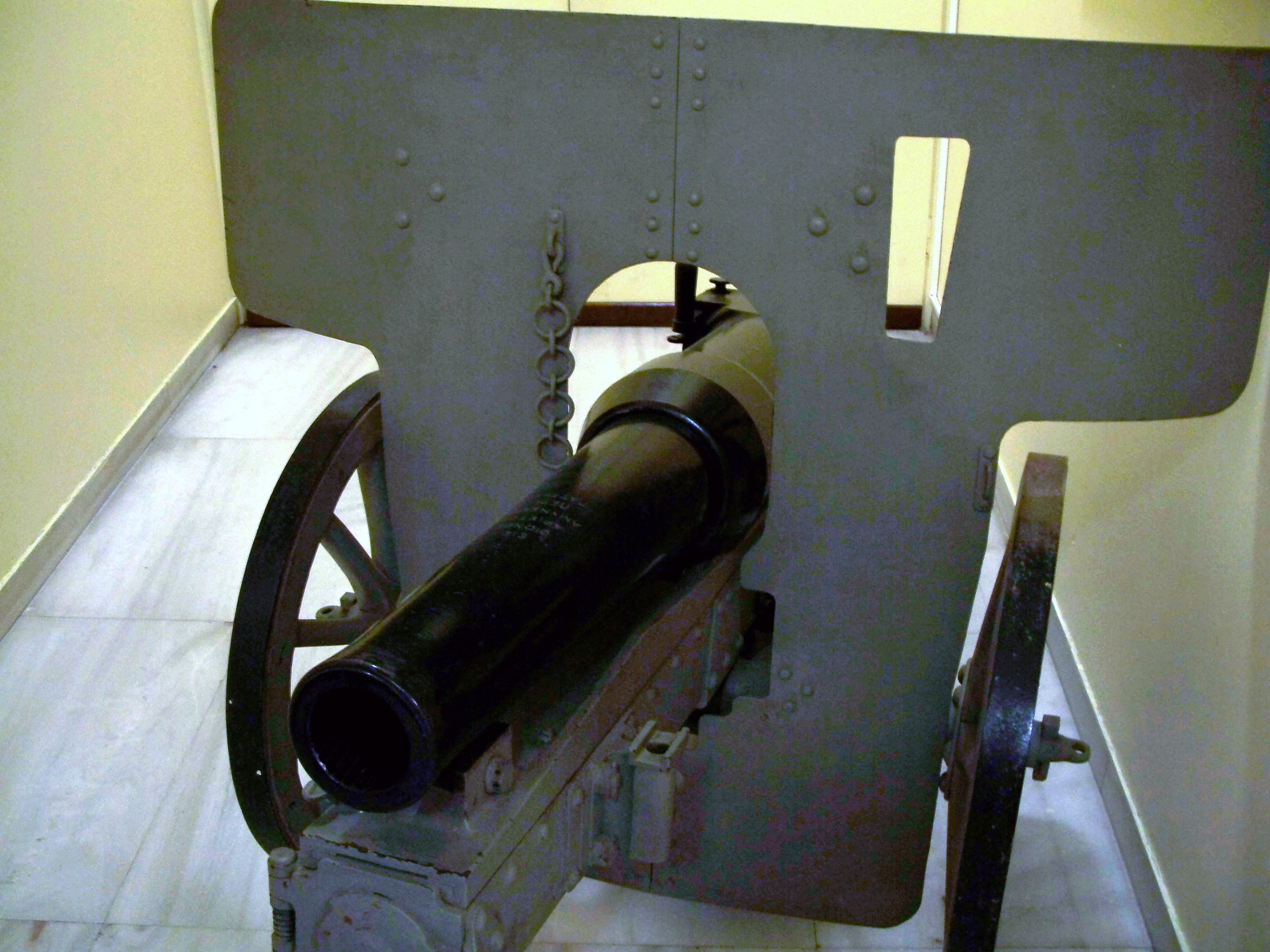|
Kristian Laake
Kristian Kristiansen Laake (9 April 1875 – 3 August 1950) was a Norwegian military officer. He is best known for having commanded the Norwegian Army in the first days after the German invasion of Norway on 9 April 1940, and for having been replaced because of what was seen by the leading Norwegian politicians as passive leadership. Early life and family He was born in Ullensaker as a son of farmers Kristian Gulbrandsen Laake (1835–1875) and Karen Pedersen Taugland (1839–1903). His older brother Knut M. Laake, a cavalry officer, became a politician and activist, and Kristian Laake joined the Liberal Party as well. On 24 September 1901, Laake married Nes-born farmer's daughter Signe Henaug (28 November 1879 – 8 January 1960). The couple had three children, and in 1908 they acquired the farm Stalsberg in Skedsmo, Akershus. One of their daughters married entomologist Leif Reinhardt Natvig. Military career He finished his secondary education in 1894 and graduated from t ... [...More Info...] [...Related Items...] OR: [Wikipedia] [Google] [Baidu] |
Ullensaker
Ullensaker is a Municipalities of Norway, municipality in Akershus in Viken (county), Viken Counties of Norway, county, Norway. It is part of the Districts of Norway, traditional region of Romerike. The administrative centre of the municipality is the city of Jessheim. It has a population of 40,459 inhabitants. Norway's largest international airport Oslo Airport, Gardermoen, is located in Ullensaker. Name The municipality (originally the parish) is named after the old ''Ullensaker'' farm. The name is first recorded in 1300 as ''Ullinshof''. The first element is the genitive case of the name ''Ullinn'' (a sideform of ''Ullr''). The last element was originally ''Heathen hofs, hof'' which means "temple", but this was later (around 1500 AD) changed to ''aker'' meaning "acre" or "field (agriculture), field". Coat-of-arms Ullensaker does not have an heraldic Coat of arms, coat-of-arms properly granted. The municipality uses a non-heraldic Coat of arms of Ullensaker, badge that is fro ... [...More Info...] [...Related Items...] OR: [Wikipedia] [Google] [Baidu] |
Examen Artium
Examen artium was the name of the academic certification conferred in Denmark and Norway, qualifying the student for admission to university studies. Examen artium was originally introduced as the entrance exam of the University of Copenhagen in 1630. The University of Copenhagen was the only university of Denmark-Norway until The Royal Frederick University in Christiania was founded in 1811. In Norway, examen artium was formally discontinued after the 1982 class (but the term is still sometimes used informally to denote the diploma from today's "videregående skole"). Norway Typically after their tenth and final year of compulsory primary school education, students applied for admission to a three-year programs of studies, called "lines" at schools called ''gymnas'' within their counties. The curricula for the lines included a core of general studies topics, including Norwegian, mathematics, history, English, physical education, and one natural science subject. The curricula ... [...More Info...] [...Related Items...] OR: [Wikipedia] [Google] [Baidu] |
Norwegian Army Air Service
The Norwegian Army Air Service (NoAAS) ( no, Hærens flyvåpen) was established in 1914.Official Norwegian Defence Force websiteHistory of the Royal Norwegian Air Force Its main base and aircraft factory was at Kjeller. On 10 November 1944, the NoAAS merged with the Royal Norwegian Navy Air Service to form the Royal Norwegian Air Force. Footnotes See also * FF9 Kaje *Fokker C.V The Fokker C.V was a Dutch light reconnaissance and bomber biplane aircraft manufactured by Fokker. It was designed by Anthony Fokker and the series manufacture began in 1924 at Fokker in Amsterdam. Development The C.V was constructed in the earl ... Military units and formations established in 1914 Military units and formations disestablished in 1944 1914 establishments in Norway {{norway-stub ... [...More Info...] [...Related Items...] OR: [Wikipedia] [Google] [Baidu] |
Norwegian Labour Party
The Labour Party ( nb, Arbeiderpartiet; nn, Arbeidarpartiet; A/Ap; se, Bargiidbellodat), formerly The Norwegian Labour Party ( no, Det norske Arbeiderparti, DNA), is a social-democratic political party in Norway. It is positioned on the centre-left of the political spectrum, and is led by Jonas Gahr Støre. It was the senior partner of the governing Red–green coalition (Norway), red–green coalition from 2005 to 2013, and its former leader Jens Stoltenberg served as the prime minister of Norway. The Labour Party is officially committed to social-democratic ideals. Its slogan since the 1930s has been "everyone shall take part" and the party traditionally seeks a strong welfare state, funded through taxes and Duty (economics), duties. Since the 1980s, the party has included more of the principles of a social market economy in its policy, allowing for privatisation of state-owned assets and services and reducing income tax Progressive tax, progressivity, following the wave of ... [...More Info...] [...Related Items...] OR: [Wikipedia] [Google] [Baidu] |
Western Norway
Western Norway ( nb, Vestlandet, Vest-Norge; nn, Vest-Noreg) is the region along the Atlantic coast of southern Norway. It consists of the counties Rogaland, Vestland, and Møre og Romsdal. The region has no official or political-administrative function. The region has a population of approximately 1.4 million people. The largest city is Bergen and the second-largest is Stavanger. Historically the regions of Agder, Vest-Telemark, Hallingdal, Valdres, and northern parts of Gudbrandsdal have been included in Western Norway. Western Norway, as well as other parts of historical regions of Norway, shares a common history with Denmark, the Faroe Islands and Iceland and to a lesser extent the Netherlands and Britain. For example, the Icelandic horse is a close relative of the Fjord horse and both the Faroese and Icelandic languages are based on the Old West Norse. In early Norse times, people from Western Norway became settlers at the Western Isles in the Northern Atla ... [...More Info...] [...Related Items...] OR: [Wikipedia] [Google] [Baidu] |
Mountain Artillery
Mountain guns are artillery pieces designed for use in mountain warfare and areas where usual wheeled transport is not possible. They are generally capable of being taken apart to make smaller loads for transport by horses, humans, mules, tractors, or trucks. As such, they are sometimes called "pack guns" or "pack howitzers". During the American Civil War these small portable guns were widely used and were called "mountain howitzers". The first designs of modern breechloading mountain guns with recoil control and the capacity to be easily broken down and reassembled into highly efficient units were made by Greek army engineers P. Lykoudis and Panagiotis Danglis (after whom the Schneider-Danglis gun was named) in the 1890s. Mountain guns are similar to infantry support guns. They are largely outdated, their role being filled by howitzers, mortars, multiple rocket launchers, recoilless rifles and missiles. Most modern artillery is manufactured from light-weight materials and can ... [...More Info...] [...Related Items...] OR: [Wikipedia] [Google] [Baidu] |
Hans Majestet Kongens Garde
, image=Coat of arms of His Majesty The King's Guard of Norway.svg , image_size=150px , caption=Insignia of Hans Majestet Kongens Garde , country= , allegiance= Monarchy of Norway , type=Foot Guards , branch= , dates=1856–present , specialization=Multi-Role Light InfantryUrban WarfarePublic Duties , command_structure=Norwegian Army , size=1300; 1100 conscripts151 others , commander1= Lieutenant Colonel Trond Robert Forbregd , commander1_label= Commander of the Guard(Gardesjef) , garrison= Huseby leir, Oslo Terningmoen, Elverum , ceremonial_chief= The King , nickname=''Garden''''The Black Devils'' , motto=''Alt for Kongen!''(Everything for the King!) , colors= , march= ''Gardemarsj''''Guards' March'' , mascot = '' Sir Nils Olav'' (king penguin) , battles= Midtskogen, Lundehøgda , notable_commanders= , anniversaries= 10 April, 1 November Hans Majestet Kongens Garde (HMKG) (lit., His Majesty The King's Guard; the Royal Guards) is a battalion of the Norwegian Army. The battalion has ... [...More Info...] [...Related Items...] OR: [Wikipedia] [Google] [Baidu] |
Vidkun Quisling
Vidkun Abraham Lauritz Jonssøn Quisling (, ; 18 July 1887 – 24 October 1945) was a Norwegian military officer, politician and Nazi collaborator who nominally headed the government of Norway during the country's occupation by Nazi Germany during World War II. He first came to international prominence as a close collaborator of the explorer Fridtjof Nansen, and through organising humanitarian relief during the Russian famine of 1921 in Povolzhye. He was posted as a Norwegian diplomat to the Soviet Union and for some time also managed British diplomatic affairs there. He returned to Norway in 1929 and served as Minister of Defence in the governments of Peder Kolstad (1931–32) and Jens Hundseid (1932–33) in representing the Farmers' Party. In 1933, Quisling left the Farmers' Party and founded the fascist ''Nasjonal Samling'' (National Union). Although he gained some popularity after his attacks on the political left, his party failed to win any seats in the Storti ... [...More Info...] [...Related Items...] OR: [Wikipedia] [Google] [Baidu] |
Mowinckel's Second Cabinet
Mowinckel's Second Cabinet governed Norway Norway, officially the Kingdom of Norway, is a Nordic country in Northern Europe, the mainland territory of which comprises the western and northernmost portion of the Scandinavian Peninsula. The remote Arctic island of Jan Mayen and the ... between 15 February 1928 and 12 May 1931. It had the following composition: Cabinet members Secretary to the Council of State References General references Johan Mowinckel's Second Government. 15 February 1928 – 12 May 1931 Government.no. Explanatory notes {{Liberal Party (Norway) Mowinckel 2 Mowinckel 2 1928 establishments in Norway 1931 disestablishments in Norway Cabinets established in 1928 Cabinets disestablished in 1931 ... [...More Info...] [...Related Items...] OR: [Wikipedia] [Google] [Baidu] |
Liberal Party Of Norway
The Liberal Party ( no, Venstre, lit=Left, V; se, Gurutbellodat) is a centrist political party in Norway. It was founded in 1884 and it is the oldest political party in Norway. It is positioned in the centre on the political spectrum, and it is a liberal party which has over the time enacted reforms such as parliamentarism, freedom of religion, universal suffrage, and state schooling. For most of the late 19th and early 20th century, it was Norway's largest and dominant political party, but in the postwar era it lost most of its support and became a relatively small party. The party has nevertheless participated in several centrist and centre-right government coalitions in the postwar era. It currently holds eight seats in the Parliament, and was previously a part of Norway's government together with the Conservative Party and the Christian Democratic Party. Guri Melby has served as the party leader since 2020. The party is regarded as social-liberal and advocates personal freed ... [...More Info...] [...Related Items...] OR: [Wikipedia] [Google] [Baidu] |





